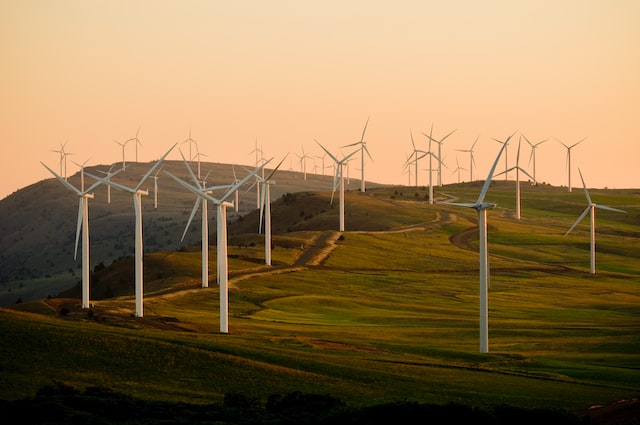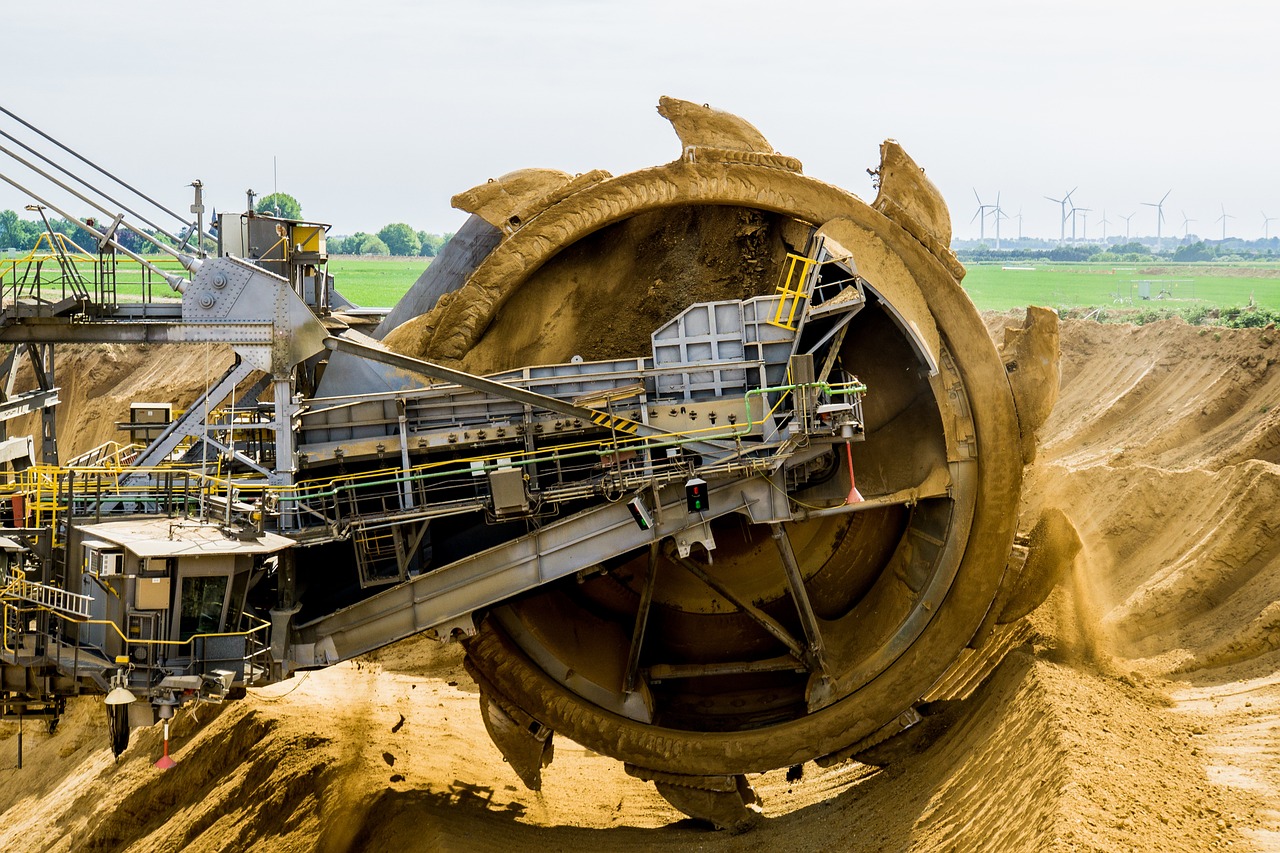Australia experiences a significant number of residential fires, surpassing 17,000 each year. The risk further intensifies during winter due to the use of heaters and candles, coupled with the country’s fire-prone vegetation and hot, dry climate. Consequently, there is an urgent need to develop sustainable and effective fireproofing methods.
Now, a team from RMIT University in Melbourne, Australia, has successfully manipulated the composition of mycelium. This breakthrough has led to the creation of a new fire-retardant material. The material is not only sustainable and scalable but also safe for various applications. It shows potential for use in building insulation and other areas. Associate Professor Tien Huynh, an expert in biotechnology and mycology, has successfully grown mycelium from renewable organic waste.
“Fungi are usually found in a composite form mixed with residual feed material, but we found a way to grow pure mycelium sheets that can be layered and engineered into different uses – from flat panels for the building industry to a leather-like material for the fashion industry,” said Tien Huynh
How it works:
When subjected to fire or high temperatures, the outer layer of mycelium in the material decomposes into a protective char. This char layer effectively shields the underlying layers, providing thermal protection. Notably, this fire-resistant buffer is non-toxic and highly efficient. The researchers envision its significant potential for use in various applications, including building insulation.
Mycelium sheets
The researchers aim to create bio-derived, fire-retardant cladding for buildings. This innovation seeks to prevent the rapid spread of fires and minimize their destructive impact. By developing these solutions, they hope to enhance fire safety and reduce damage caused by building fires.
The team is currently conducting research on bioengineered fungal mats that have the potential to reduce flame intensity and enhance fire safety in buildings. These mats have the potential to reduce flame intensity and improve fire-safety ratings.







